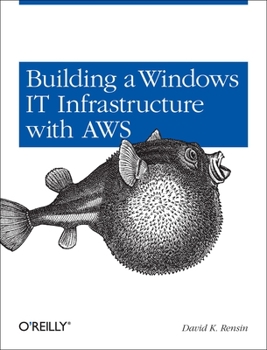Building a Windows IT Infrastructure in the Cloud
Select Format
Select Condition 
Book Overview
Run your entire corporate IT infrastructure in a cloud environment that you control completely--and do it inexpensively and securely with help from this hands-on book. All you need to get started is basic IT experience.
You'll learn how to use Amazon Web Services (AWS) to build a private Windows domain, complete with Active Directory, enterprise email, instant messaging, IP telephony, automated management, and other services. By the end of the book, you'll have a fully functioning IT infrastructure you can operate for less than $300 per month. Learn about Virtual Private Cloud (VPC) and other AWS tools you'll use Create a Windows domain and set up a DNS management system Install Active Directory and a Windows Primary Domain Controller Use Microsoft Exchange to set up an enterprise email service Import existing Windows Server-based virtual machines into your VPC Set up an enterprise-class chat/IM service, using the XMPP protocol Install and configure a VoIP PBX telephony system with Asterisk and FreePBX Keep your network running smoothly with automated backup and restore, intrusion detection, and fault alerting























